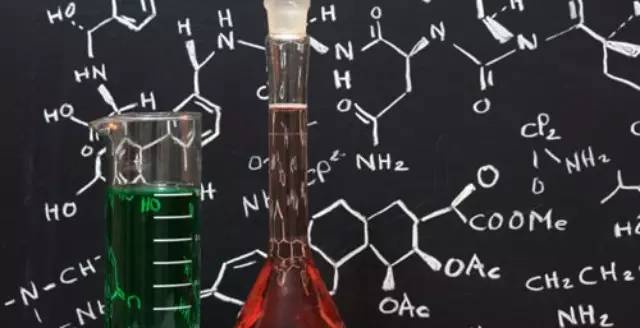
The most beautiful and down-to-earth Nobel Prize in Chemistry
Today, let's talk about the two Nobel prizes in chemistry that impressed me.
Hello, everyone. Today is the last day of the holiday. Today is also the day to announce the winners of the 2015 Nobel Prize in chemistry. Let's talk about the Nobel Prize in chemistry today. Let me talk about the two past chemistry awards that impressed me most. One is very beautiful, and the other is XD
From classic to trendy, our country wedding dresses are an essential pieces for any wordrobe. Effortless to use and amazing value too.
most Beautiful Chemistry Award: green fluorescent protein
first of all, I would like to talk about the most beautiful achievement in chemistry. It is the Green fluorescent protein that won the 2008 Chemistry Award. (of course, the quasicrystals of 2011 are also very beautiful, but I still like this one. If you want to see the quasicrystal, you can "read the original"), the award was awarded to Shimura Takashi, Martin Charfi and Qian Yongjian for their achievements in discovering and transforming green fluorescent protein (GFP).
Green fluorescent protein is found in a kind of glowing jellyfish. At first, scientists discovered a blue-glowing substance, jellyfish, but it alone could not explain why the jellyfish glowed green. Later, it was discovered that blue light (and ultraviolet light) can be converted into green light, which is called green fluorescent protein.
later, scientists successfully cloned this luminous protein and made a series of modifications to it. Since then, biological research has become colorful. You know, these fluorescent substances not only look beautiful, they are also excellent markers for biological research.
at first, people had only green fluorescent protein, but later, Qian Yongjian, a Chinese scientist, modified the green fluorescent protein molecule and obtained the enhanced green fluorescent protein, which is now widely used in the laboratory. and new fluorescent proteins in blue, cyan and yellow. Later, another research team got the red fluorescent protein in coral polyps. Now, biologists have very rich colors of fluorescent markers:
is it beautiful?
with these markers, biologists can do a lot of things, such as using them to mark different cells, or different components of cells, so that it is easy to distinguish each part for careful observation.
for example, this famous mitotic map marks histones and tubulins in chromosomes with red and green fluorescent proteins, respectively.
with these fluorescent markers, neurobiologists have also developed a new technique for stunning appearance: Brainbow. As its name suggests, after genetic modification, different nerve cells can express different fluorescent colors like rainbows, and computer analysis shows that such techniques can show up to more than 100 different colors that computers can distinguish. This is very helpful for analyzing intricate neural networks, and it is really beautiful:
it's fantastic ~
most approachable Chemistry Award: how to store feed for cows!
after talking about the dreamy fluorescent protein, let's talk about a chemistry award that is over-connected to the earth. This is the 1945 Nobel Prize in Chemistry, awarded to the Finnish chemist Alturi Irmari Virtanen (Artturi Ilmari Virtanen). That's him:
what does this chemist study, mainly how to preserve cow feed scientifically?
in a place with a long winter like Finland, it is inevitable to store feed for livestock for the winter. However, if the green feed is not stored well, it may become moldy and deteriorate, resulting in a lot of losses. The chemistry prize invented a storage method that suppresses decay by increasing the acidity of green feed while maintaining its nutrients.
although this method sounds common, its impact on agriculture and animal husbandry is still very important. Virtanen's research is also said to have improved the storage of butter.
=
I don't know if you like chemistry. Anyway, I still like it very much. Are there any chemical achievements that impress you? You can also talk about it.
as for the winner of this year's chemistry prize, let's look forward to it together:)